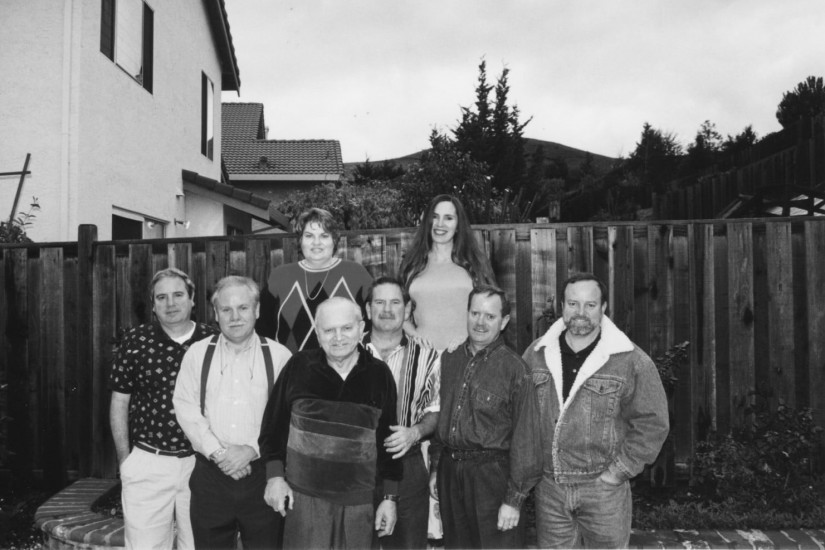Five years ago, Alice Collins Plebuch made a decision that would alter her future — or really, her past.
She sent away for a “just-for-fun DNA test.” When the tube arrived, she spit and spit until she filled it up to the line, and then sent it off in the mail. She wanted to know what she was made of.
Plebuch, now 69, already had a rough idea of what she would find. Her parents, both deceased, were Irish American Catholics who raised her and her six siblings with church Sundays and ethnic pride. But Plebuch, who had a long-standing interest in science and DNA, wanted to know more about her dad’s side of the family. The son of Irish immigrants, Jim Collins had been raised in an orphanage from a young age, and his extended family tree was murky.
After a few weeks during which her saliva was analyzed, she got an email in the summer of 2012 with a link to her results. The report was confounding.
About half of Plebuch’s DNA results presented the mixed British Isles bloodline she expected. The other half picked up an unexpected combination of European Jewish, Middle Eastern and Eastern European. Surely someone in the lab had messed up. It was the early days of direct-to-consumer DNA testing, and Ancestry.com’s test was new. She wrote the company a nasty letter informing them they’d made a mistake.
But she talked to her sister, and they agreed she should test again. If the information Plebuch was seeing on her computer screen was correct, it posed a fundamental mystery about her very identity. It meant one of her parents wasn’t who he or she was supposed to be — and, by extension, neither was she.
Eventually, Plebuch would write to Ancestry again. You guys were right, she’d say. I was wrong.
